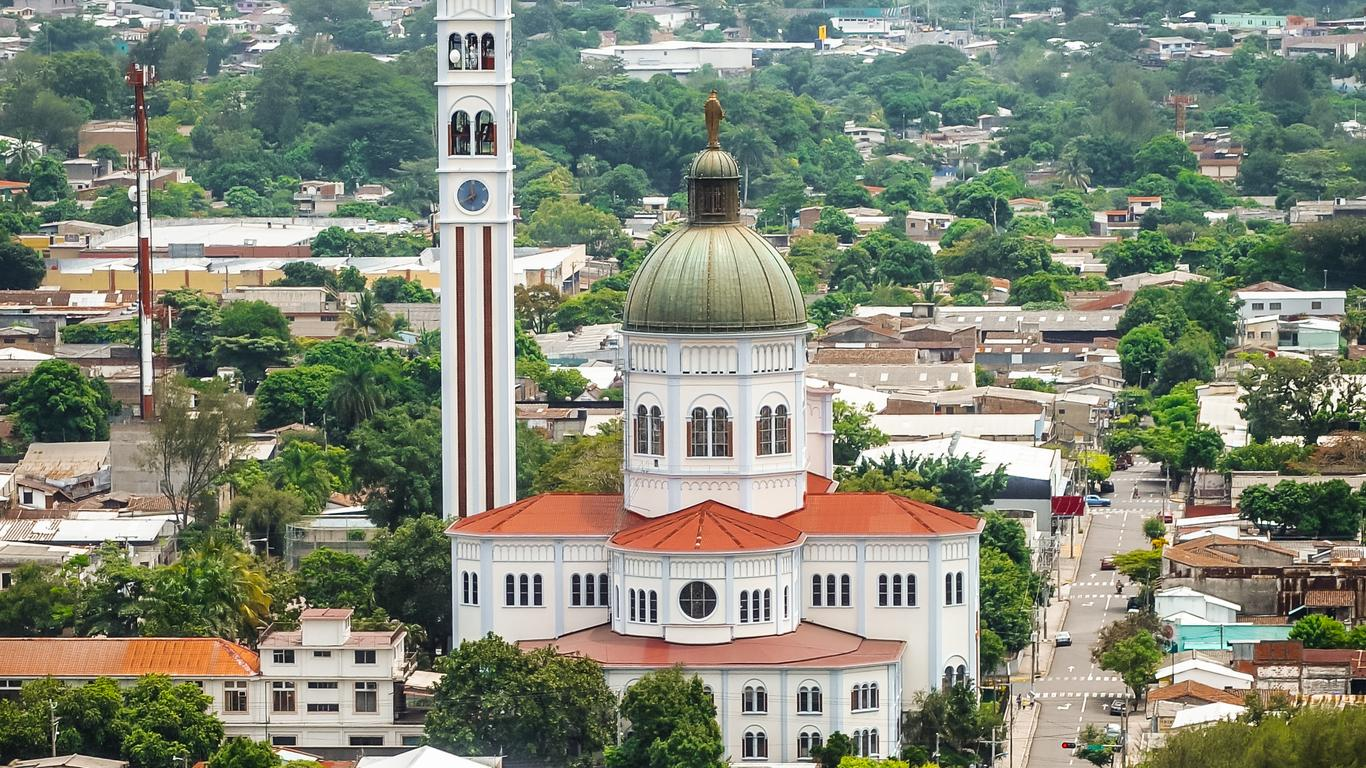El Salvador, often referred to as the “Land of Volcanoes,” is a small yet captivating country in Central America. Despite its size, El Salvador boasts a diverse landscape, rich history, and vibrant culture that attract travelers seeking unique experiences. From its stunning beaches on the Pacific coast to its lush coffee plantations and active volcanoes, El Salvador offers an array of adventures for nature lovers, history enthusiasts, and those eager to explore off-the-beaten-path destinations.
Table of Contents
Geography
El Salvador is the smallest country in Central America, covering an area of approximately 21,041 square kilometers. It is bordered by Honduras to the northeast, Guatemala to the northwest, and the Pacific Ocean to the south. The country’s topography is characterized by two parallel mountain ranges that run from east to west, with a central plateau between them. The volcanic mountain range, which includes more than 20 active and dormant volcanoes, gives El Salvador its nickname.
The country’s highest point is Cerro El Pital, located on the border with Honduras, standing at 2,730 meters above sea level. El Salvador is also home to numerous rivers, lakes, and fertile valleys, making it an agriculturally rich region. The most famous lake, Lago de Coatepeque, is a picturesque crater lake surrounded by lush hills, offering a serene escape for visitors. The country’s coastal regions are known for their beautiful beaches and world-class surfing spots, attracting surfers from around the globe.
States of El Salvador
El Salvador is divided into 14 departments, which are equivalent to states in other countries. These departments are the primary administrative divisions of the country. Here is the list of the 14 departments of El Salvador with their capitals:
| No. | Department | Capital |
|---|---|---|
| 1 | Ahuachapán | Ahuachapán |
| 2 | Cabañas | Sensuntepeque |
| 3 | Chalatenango | Chalatenango |
| 4 | Cuscatlán | Cojutepeque |
| 5 | La Libertad | Santa Tecla |
| 6 | La Paz | Zacatecoluca |
| 7 | La Unión | La Unión |
| 8 | Morazán | San Francisco Gotera |
| 9 | San Miguel | San Miguel |
| 10 | San Salvador | San Salvador |
| 11 | San Vicente | San Vicente |
| 12 | Santa Ana | Santa Ana |
| 13 | Sonsonate | Sonsonate |
| 14 | Usulután | Usulután |
History
The history of El Salvador is deeply rooted in its indigenous heritage, particularly the Pipil people, who were part of the larger Nahua group. The Pipil established the Kingdom of Cuzcatlán, which thrived until the arrival of Spanish conquistadors in the early 16th century. In 1524, the Spanish, led by Pedro de Alvarado, began their conquest of the region, eventually establishing San Salvador as a colonial outpost.
El Salvador remained under Spanish rule for nearly 300 years, during which time the indigenous population was significantly reduced due to warfare, disease, and forced labor. The country gained independence from Spain in 1821, initially becoming part of the Mexican Empire and later joining the United Provinces of Central America before establishing itself as an independent republic in 1839.
The 20th century was marked by political instability, economic inequality, and civil unrest in El Salvador. The country experienced a brutal civil war from 1980 to 1992, which resulted in significant loss of life and displacement. The war ended with the signing of the Chapultepec Peace Accords, paving the way for democratic reforms and economic recovery. Today, El Salvador continues to rebuild and grow, with tourism playing an increasingly important role in its economy.
Top 10 Must-Visit Destinations
1. San Salvador

San Salvador, the capital and largest city of El Salvador, is a vibrant metropolis that offers a mix of modernity and history. Visitors can explore the historic downtown area, where they’ll find the impressive Metropolitan Cathedral, the National Palace, and the iconic El Rosario Church, known for its unique architectural design and stunning stained glass windows.
San Salvador is also home to several museums, including the Museo de Arte de El Salvador (MARTE) and the Museo Nacional de Antropología, which provide insights into the country’s rich cultural and historical heritage.
2. Joya de Cerén
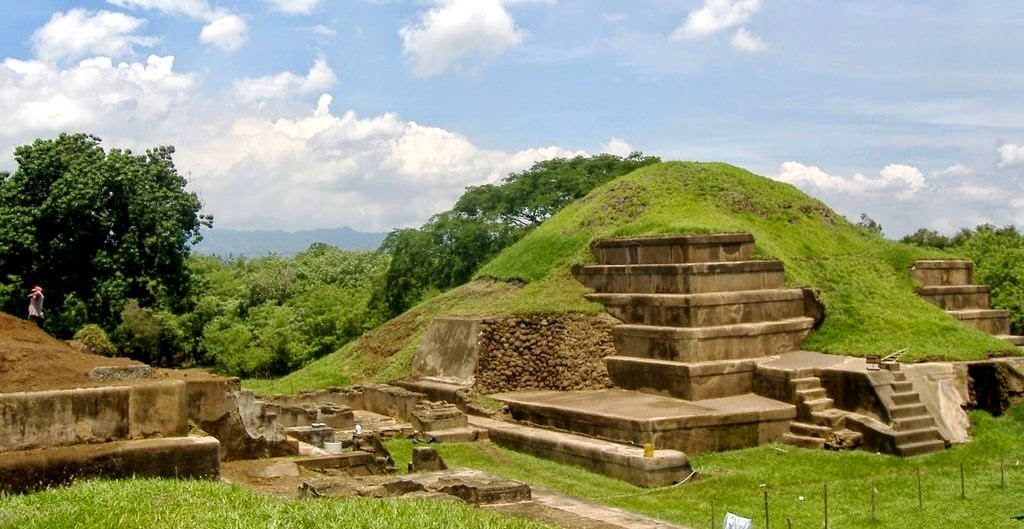
Often referred to as the “Pompeii of the Americas,” Joya de Cerén is a UNESCO World Heritage Site that offers a fascinating glimpse into the daily life of a pre-Columbian farming community. The site was buried under volcanic ash from a nearby eruption around 600 AD, preserving the remains of buildings, tools, and household items.
Visitors can explore the well-preserved ruins and learn about the lives of the indigenous people who once inhabited this ancient village.
3. Santa Ana
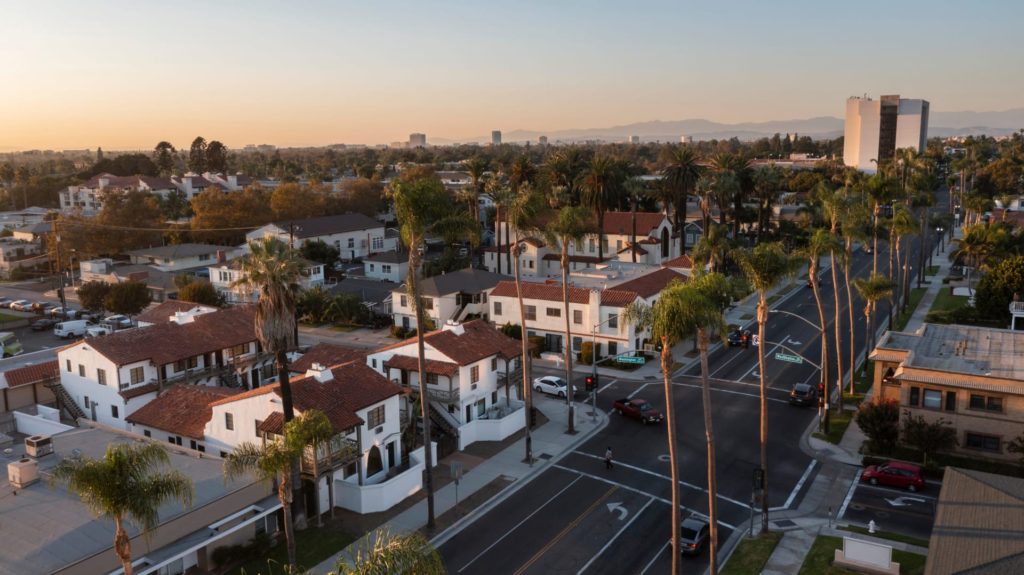
Santa Ana, the second-largest city in El Salvador, is known for its charming colonial architecture, bustling markets, and proximity to several natural attractions. The city’s centerpiece is the neo-Gothic Santa Ana Cathedral, a stunning structure that dominates the main square.
Nearby, visitors can explore the Teatro de Santa Ana, a beautifully restored theater that hosts cultural events and performances. The city is also a gateway to the Santa Ana Volcano, the highest volcano in El Salvador, which offers challenging hikes and breathtaking views of the surrounding landscape.
4. Ruta de Las Flores
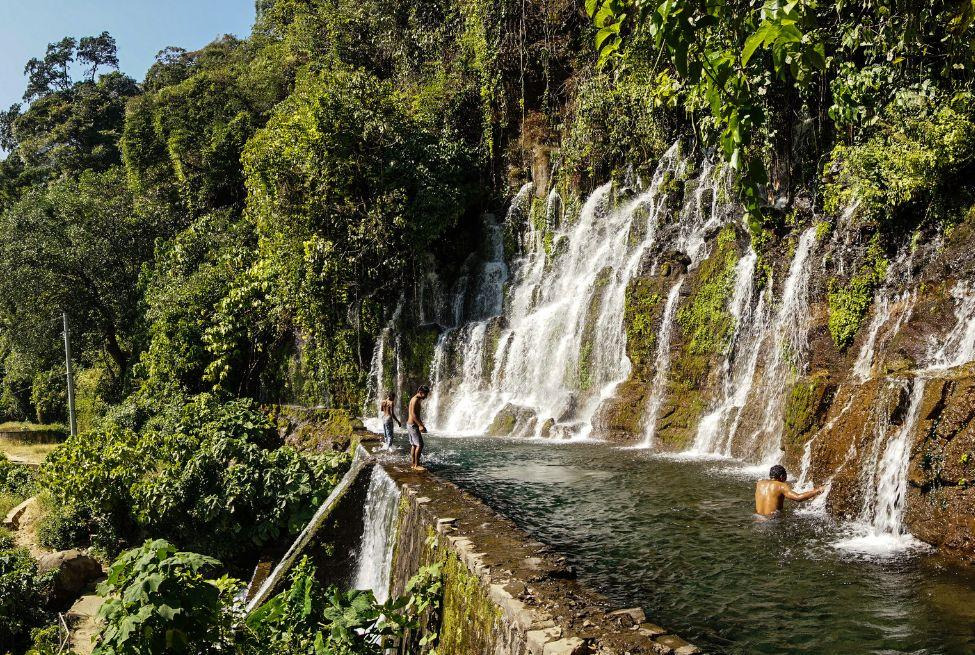
The Ruta de Las Flores (Route of Flowers) is a scenic drive through the western highlands of El Salvador, passing through charming towns, coffee plantations, and vibrant flower fields. The route gets its name from the colorful flowers that bloom along the roadside during the dry season.
Along the way, visitors can stop in towns like Juayúa, known for its weekend food festival, and Ataco, famous for its artisan markets and vibrant murals. The route is also a great place to explore local culture, with opportunities to visit coffee farms, try traditional cuisine, and enjoy live music and dance performances.
5. Suchitoto
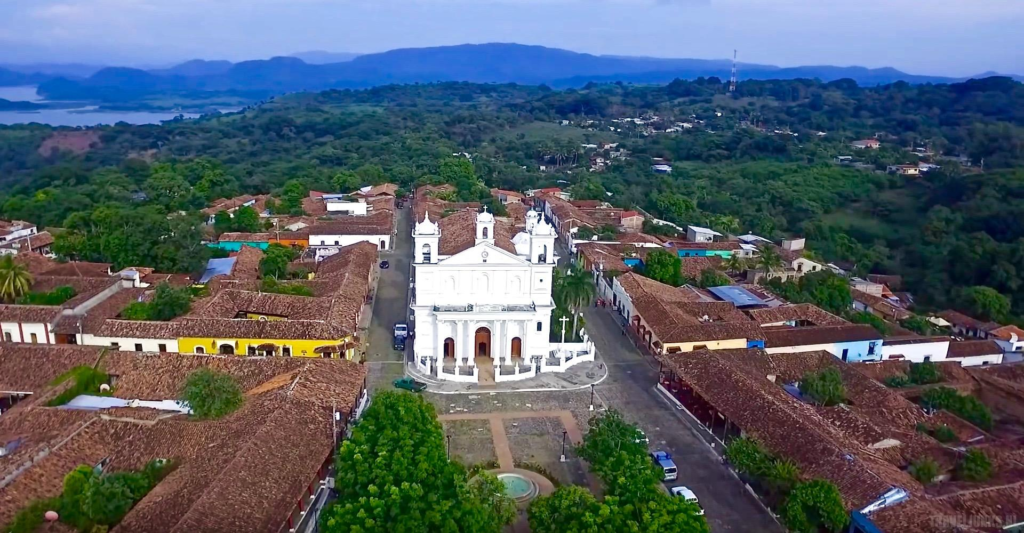
Suchitoto is a picturesque colonial town known for its cobblestone streets, historic buildings, and stunning views of Lake Suchitlán. The town is a cultural hub, with numerous art galleries, museums, and cultural events held throughout the year.
Visitors can explore the Church of Santa Lucia, a beautiful colonial-era church, or take a boat tour on Lake Suchitlán to enjoy the scenic beauty of the surrounding mountains and valleys. Suchitoto is also a great place to experience traditional Salvadoran culture, with opportunities to learn about local crafts, cuisine, and folklore.
6. El Imposible National Park

El Imposible National Park is one of El Salvador’s most important natural reserves, known for its rich biodiversity and rugged terrain. The park is home to a variety of ecosystems, including tropical rainforests, cloud forests, and dry forests, which support a wide range of plant and animal species.
Hiking trails throughout the park offer visitors the chance to explore its natural beauty, with opportunities to spot wildlife such as pumas, ocelots, and over 400 species of birds. The park is also home to several important archaeological sites, including ancient petroglyphs and burial mounds.
7. La Libertad
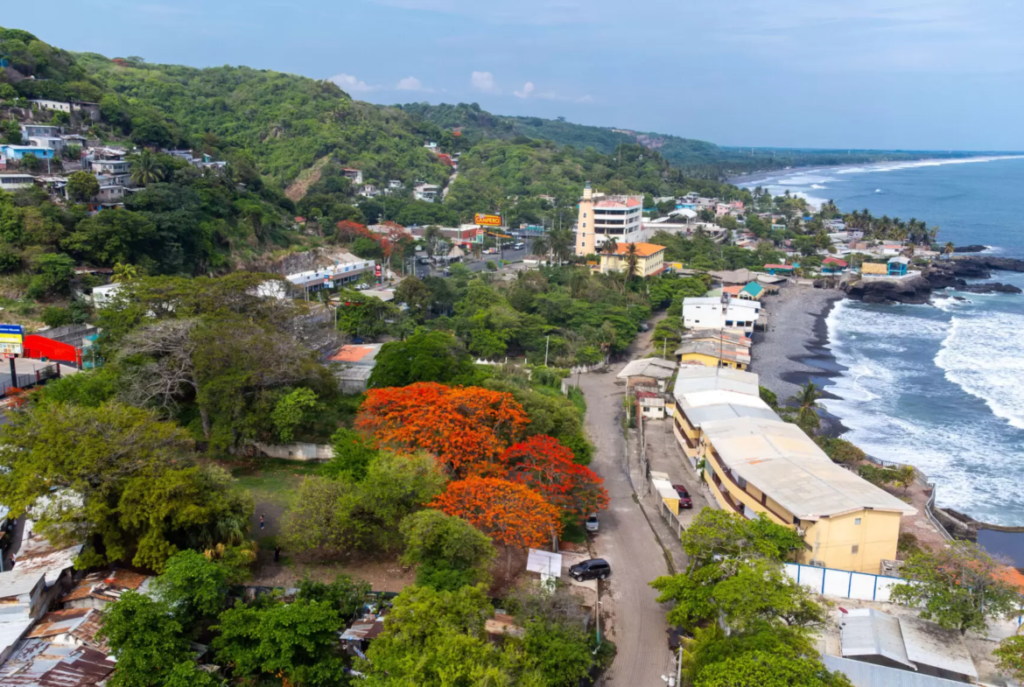
La Libertad is a coastal town located just a short drive from San Salvador, known for its beautiful beaches and world-class surf spots. The town’s most famous beach, Playa El Tunco, attracts surfers from around the world with its consistent waves and laid-back atmosphere.
Visitors can also explore the nearby beaches of Playa El Sunzal and Playa La Paz, which offer excellent surfing conditions and stunning sunsets. La Libertad is also a great place to enjoy fresh seafood, with numerous beachside restaurants serving up dishes like ceviche, grilled fish, and shrimp cocktails.
8. Coatepeque Lake
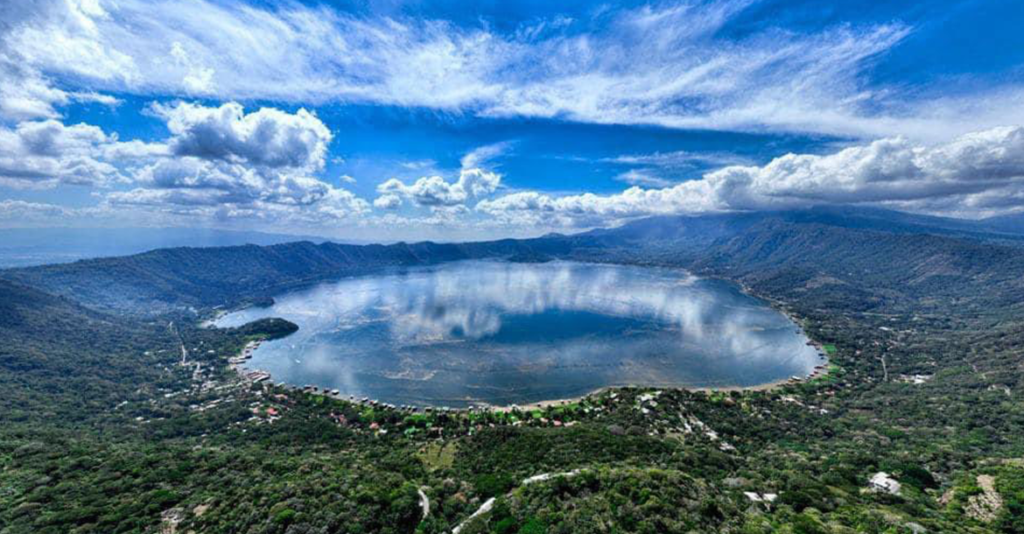
Coatepeque Lake is a stunning crater lake located in the western part of El Salvador, surrounded by lush hills and volcanic mountains. The lake’s crystal-clear waters and scenic beauty make it a popular destination for swimming, boating, and fishing.
Visitors can also explore the small islands within the lake, such as Teopán Island, which was once a sacred site for the indigenous Pipil people. The lake is also a great place to relax and enjoy the natural beauty of El Salvador, with several restaurants and resorts offering lakeside dining and accommodations.
9. San Andrés
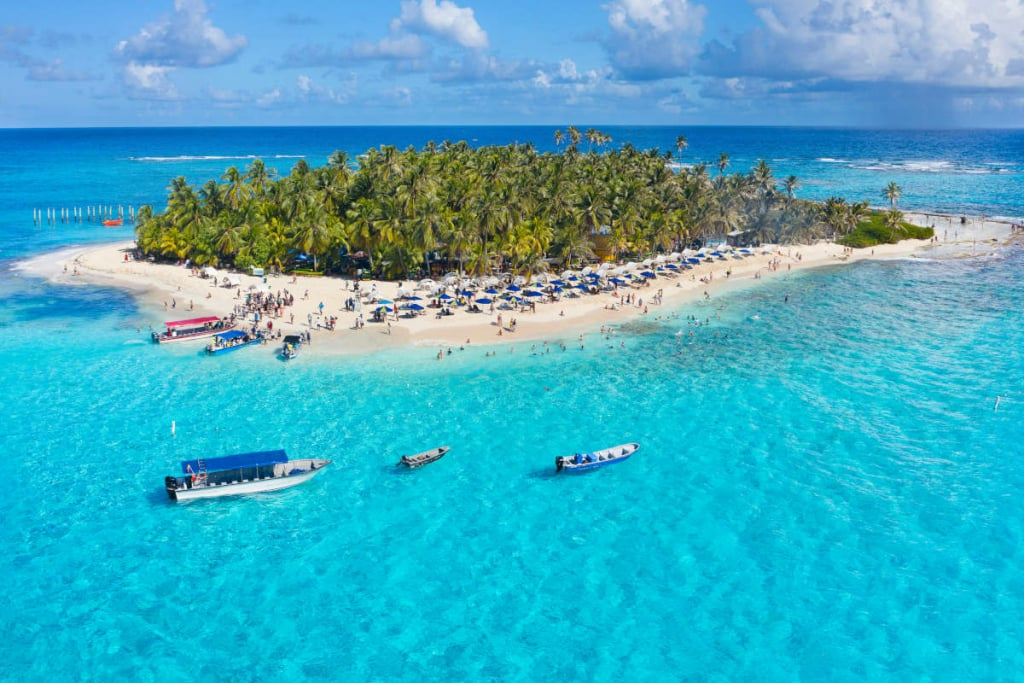
San Andrés is an important archaeological site located near the city of San Juan Opico, offering insights into the ancient Maya civilization that once thrived in the region. The site features the remains of a large ceremonial center, including pyramids, plazas, and ball courts.
Visitors can explore the ruins and learn about the history and culture of the Maya people, as well as the impact of the volcanic eruptions that shaped the landscape of El Salvador. The site also includes a museum with artifacts and exhibits related to the history of San Andrés and the surrounding region.
10. Montecristo Cloud Forest
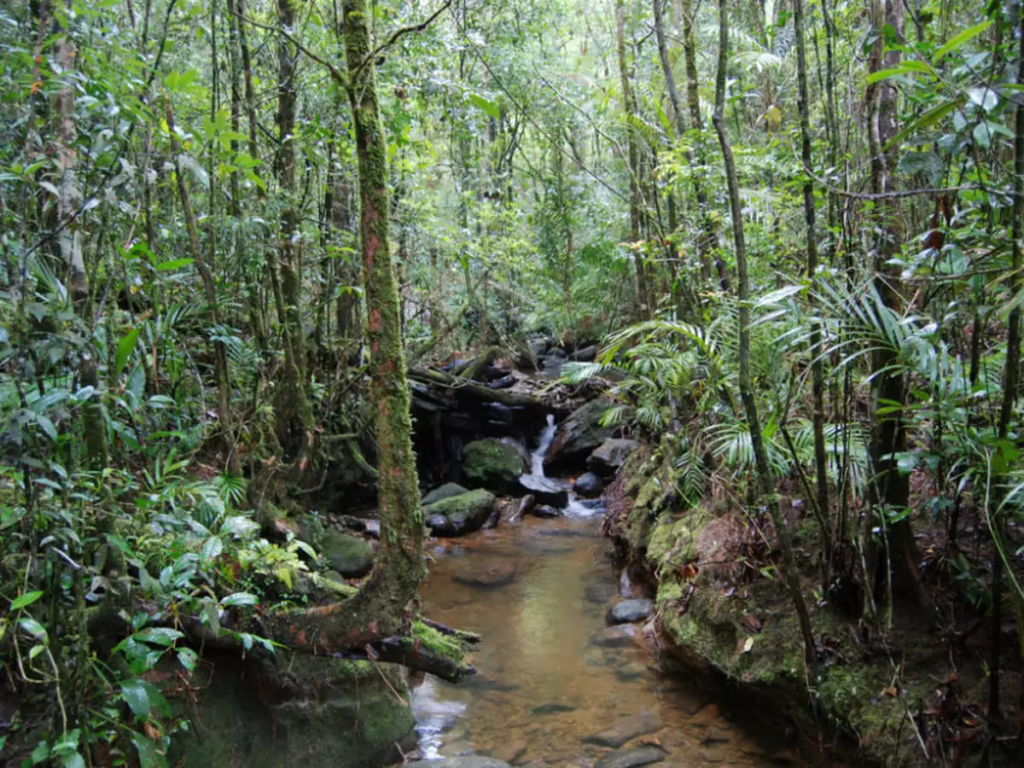
Montecristo Cloud Forest is a unique and biodiverse ecosystem located in the northwest corner of El Salvador, near the border with Honduras and Guatemala. The forest is part of the Trifinio Biosphere Reserve and is known for its mist-covered trees, lush vegetation, and diverse wildlife.
Hiking trails in the forest offer visitors the chance to explore this magical landscape, with opportunities to spot rare and endangered species such as the quetzal, the emerald toucanet, and the spider monkey. The forest is also home to several important archaeological sites, including the ancient city of Citalá.
Culture
El Salvador’s culture is a blend of indigenous, Spanish, and African influences, resulting in a rich and diverse cultural heritage. The country’s indigenous heritage is particularly evident in its traditional crafts, music, and dance, with many communities preserving their ancestral customs and practices. Spanish colonization introduced Christianity, which remains the dominant religion in El Salvador, as well as European architectural styles and artistic traditions.
Salvadoran music and dance are characterized by a mix of indigenous and Spanish influences, with traditional styles such as cumbia, salsa, and marimba being popular throughout the country. The country is also known for its vibrant festivals and religious celebrations, such as the Fiestas Agostinas in San Salvador and the Semana Santa (Holy Week) celebrations, which feature processions, reenactments of the Passion of Christ, and other religious ceremonies.
Salvadoran cuisine is another important aspect of the country’s culture, with dishes like pupusas (thick corn tortillas filled with cheese, beans, or meat), tamales, and yuca con chicharrón being staples of the local diet. The country’s coastal regions are known for their seafood dishes, while the highlands are famous for their coffee, which is considered some of the best in the world.
Festivals
El Salvador is known for its vibrant festivals and celebrations, many of which are rooted in the country’s religious and cultural traditions. One of the most important festivals is the Fiestas Agostinas, held in San Salvador in early August. The festival, which honors the city’s patron saint, Jesus Christ, includes parades, music, dancing, and fireworks, as well as religious ceremonies such as the procession of the “Divine Savior of the World” statue.
Another significant festival is Semana Santa, or Holy Week, which is celebrated throughout the country with processions, reenactments of the Passion of Christ, and other religious events. In the town of Izalco, the festival of El Señor de los Milagros (Lord of Miracles) is celebrated with a unique tradition called “Las Palmas,” where participants carry palm fronds in a procession through the streets.
In addition to religious festivals, El Salvador also hosts several cultural and artistic events, such as the Festival de Arte y Cultura in Suchitoto, which features live music, dance performances, and art exhibitions, and the Festival del Maíz in the town of El Carmen, which celebrates the importance of corn in Salvadoran culture with traditional food, music, and dance.
Economy
El Salvador’s economy is primarily driven by the service sector, which contributes over 60% to the GDP, with remittances from Salvadorans abroad playing a significant role, accounting for nearly 24% of the nation’s income. The country has embraced free-market policies and dollarization, adopting the U.S. dollar as its official currency in 2001, which has stabilized inflation but also limited monetary policy flexibility.
Agriculture remains a vital part of El Salvador’s economy, with coffee being one of the most significant exports, though its importance has declined over the years. Recently, the country has gained international attention by becoming the first to adopt Bitcoin as legal tender in 2021, aiming to boost financial inclusion and attract foreign investment, though this move has been met with both praise and skepticism globally.
Top Eight Most Famous Food
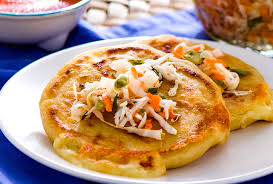

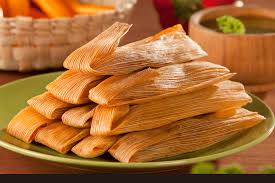
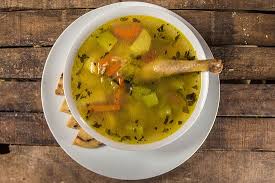
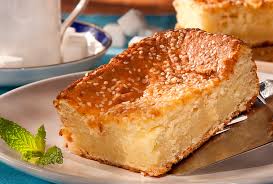
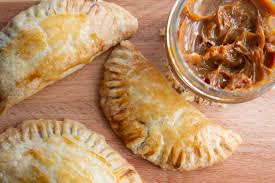
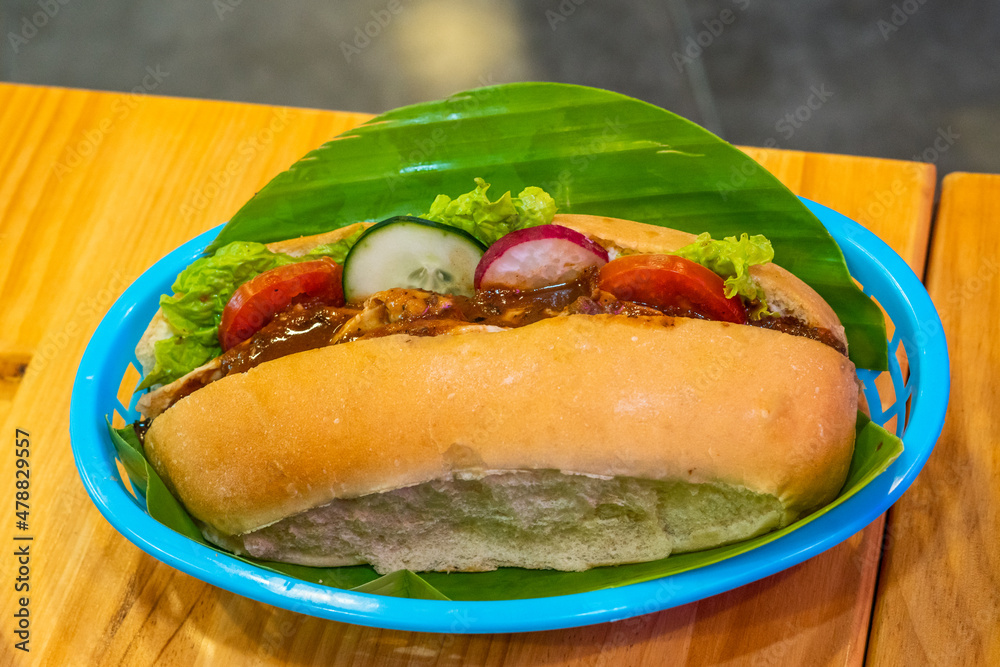

Ten Interesting Facts About El Salvador
- El Salvador is known as the “Land of Volcanoes” due to its frequent volcanic activity.
- The national dish of El Salvador is the pupusa, a thick corn tortilla stuffed with various fillings.
- El Salvador is the smallest and most densely populated country in Central America.
- It was the first country in the world to officially adopt Bitcoin as legal tender.
- The country does not have an Atlantic coastline, unlike its Central American neighbors.
- El Salvador’s Santa Ana Volcano is the highest point in the country, standing at 2,381 meters.
- The Joya de Cerén is a UNESCO World Heritage site, often referred to as the “Pompeii of the Americas.”
- The country has a significant coffee industry, with coffee being one of its traditional exports.
- El Salvador experiences two distinct seasons: the dry season (November to April) and the rainy season (May to October).
- The Salvadoran civil war, which lasted from 1980 to 1992, had a profound impact on the country’s history and development.
Conclusion
El Salvador, the Land of Volcanoes, is a country of stunning landscapes, rich history, and vibrant culture. From the ancient ruins of Joya de Cerén to the picturesque towns along the Ruta de Las Flores, there is something for every traveler to discover. Whether you’re seeking adventure in its national parks, relaxation on its pristine beaches, or a cultural immersion in its towns and cities, El Salvador offers a unique and unforgettable experience. As the country continues to grow and develop, it remains a hidden gem in Central America, waiting to be explored by those who seek a destination off the beaten path.

